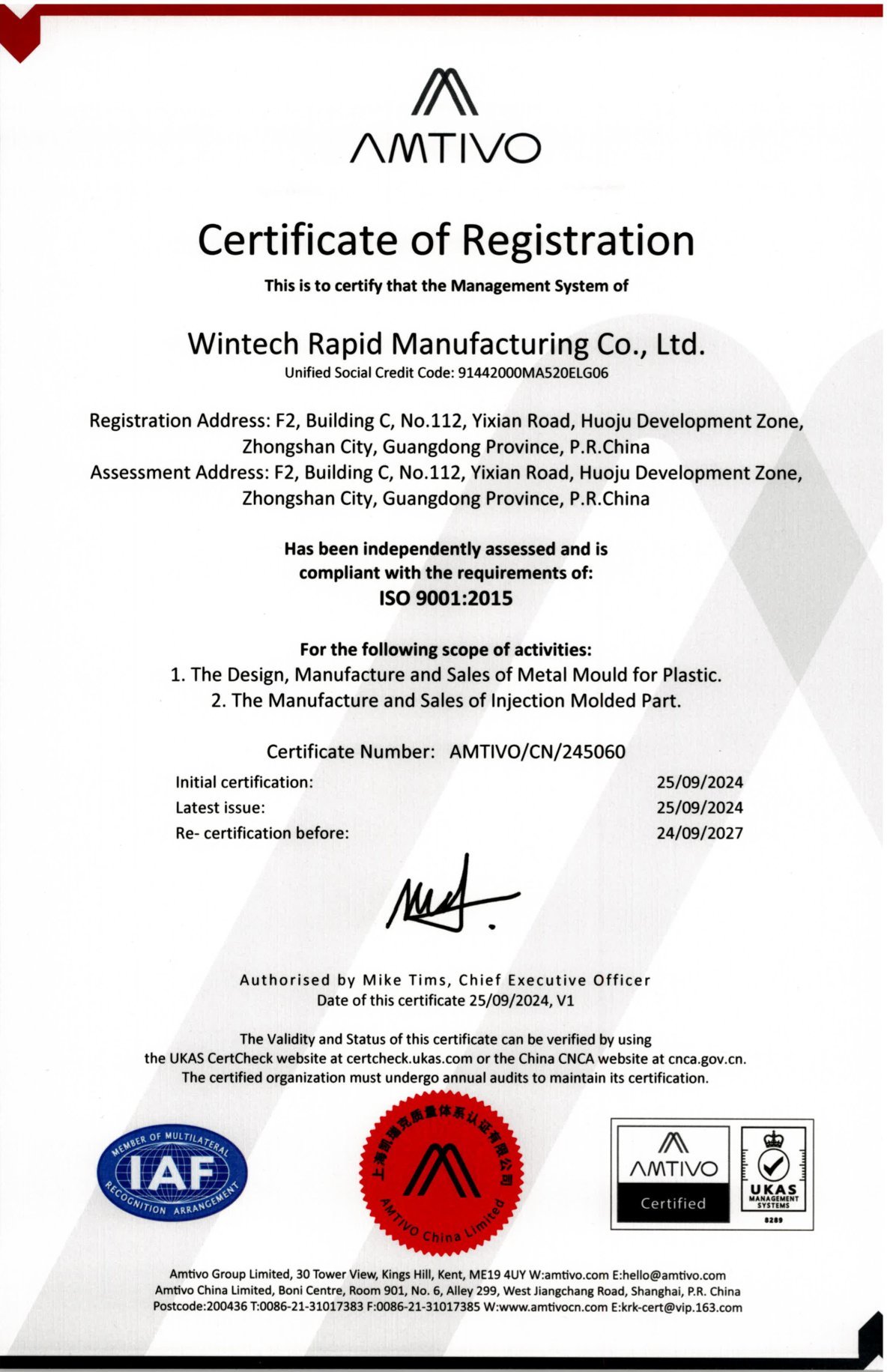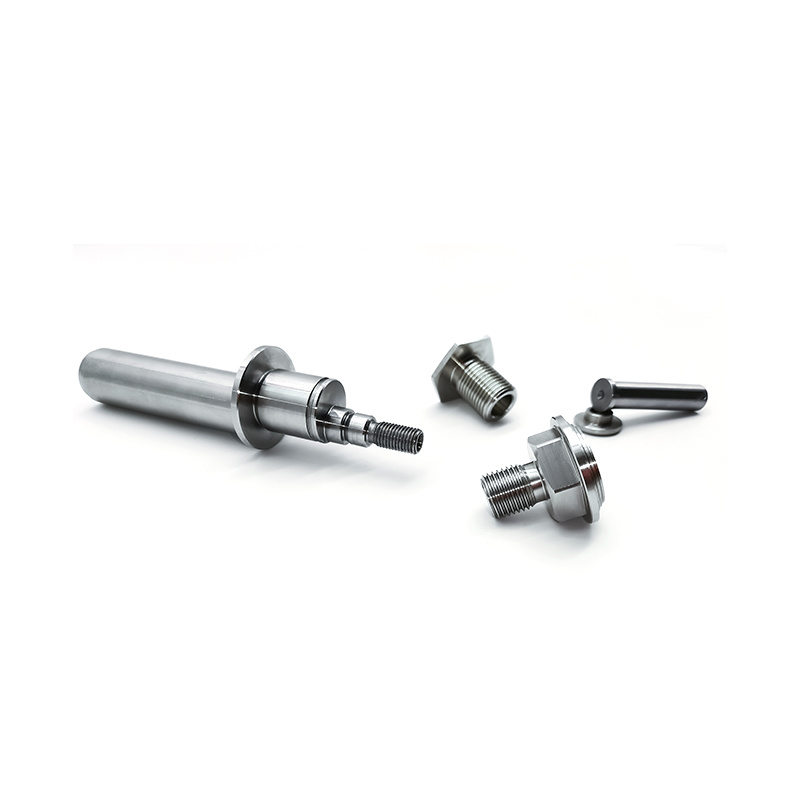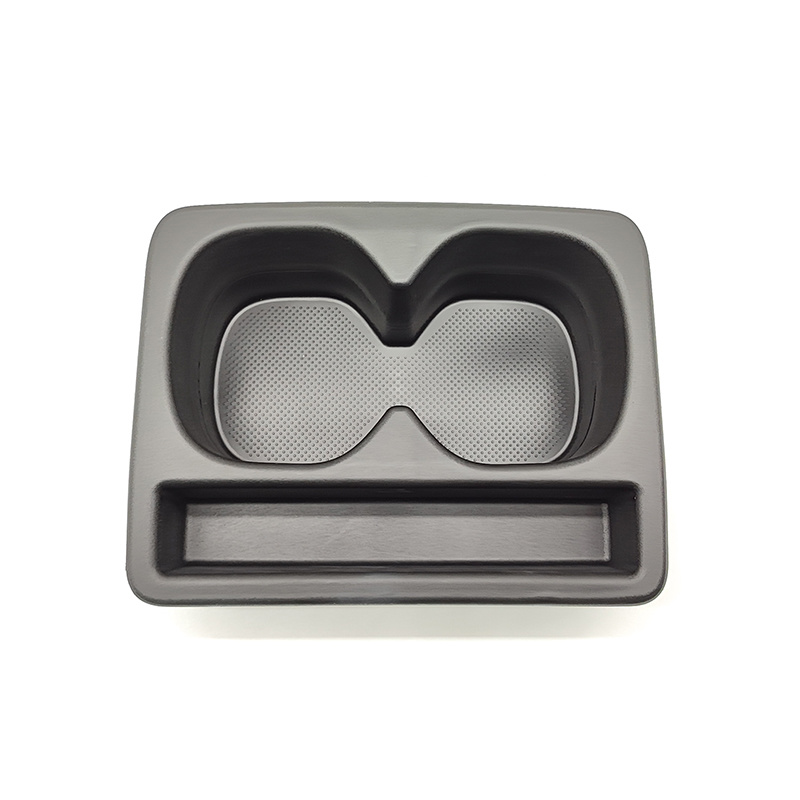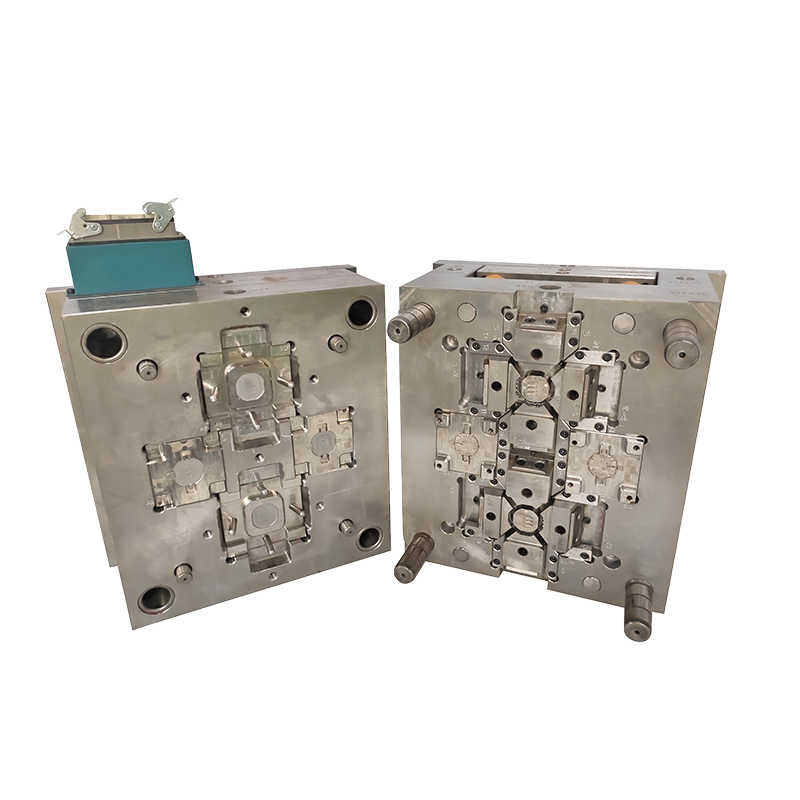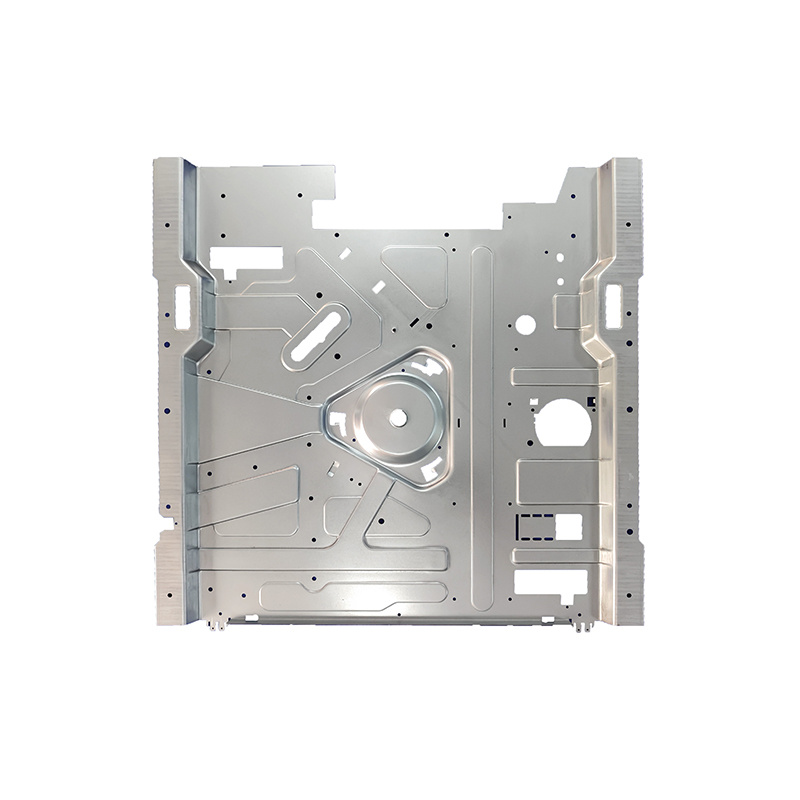Understanding Insert Molded Parts: Innovations in Manufacturing and Design
Time:
2025-05-05 09:40
Source:
Insert molded parts are revolutionizing the manufacturing landscape, particularly in the plastic molding sector. This process involves the integration of metal or other materials into a plastic component during the molding process, creating a single, cohesive part that combines the benefits of both materials. The method provides several advantages, including improved product performance, reduced assembly times, and enhanced durability.
One of the primary benefits of insert molding is the ability to achieve complex geometries that may not be possible through traditional manufacturing methods. For example, by embedding inserts directly within the plastic during the molding process, manufacturers can create components with integrated features such as threaded holes, electrical contacts, or reinforcing structures. This not only streamlines production but also minimizes the need for secondary operations, ultimately reducing costs and lead times.
Insert molded parts also improve the overall strength and integrity of the final product. By securely bonding the insert to the molded plastic, manufacturers can produce components that withstand higher loads and stresses without compromising functionality. This is particularly important in industries that require high-performance parts, such as automotive, aerospace, and medical devices.
Another significant advantage of insert molding is its potential for customization. Manufacturers can tailor the properties of the final product by selecting different materials for the inserts and the surrounding plastic. This flexibility allows for the creation of parts with specific thermal, electrical, or mechanical characteristics, meeting the unique requirements of various applications.
The insert molding process itself typically involves several key steps. Initially, the insert is placed in the mold, followed by the injection of the plastic material. As the plastic flows into the mold, it envelops the insert, creating a strong bond once cooled. This process can be automated, leading to increased efficiency and consistency in production.
In conclusion, insert molded parts represent a significant advancement in the manufacturing and machining of plastic components. By combining various materials into a single cohesive part, manufacturers can achieve superior performance, reduce production costs, and enhance product functionality. As the demand for innovative and efficient manufacturing solutions continues to grow, understanding the principles and advantages of insert molding will be crucial for professionals in the industry. Leveraging this technology can provide a competitive edge, allowing businesses to meet evolving market demands while maintaining high standards of quality and reliability.
One of the primary benefits of insert molding is the ability to achieve complex geometries that may not be possible through traditional manufacturing methods. For example, by embedding inserts directly within the plastic during the molding process, manufacturers can create components with integrated features such as threaded holes, electrical contacts, or reinforcing structures. This not only streamlines production but also minimizes the need for secondary operations, ultimately reducing costs and lead times.
Insert molded parts also improve the overall strength and integrity of the final product. By securely bonding the insert to the molded plastic, manufacturers can produce components that withstand higher loads and stresses without compromising functionality. This is particularly important in industries that require high-performance parts, such as automotive, aerospace, and medical devices.
Another significant advantage of insert molding is its potential for customization. Manufacturers can tailor the properties of the final product by selecting different materials for the inserts and the surrounding plastic. This flexibility allows for the creation of parts with specific thermal, electrical, or mechanical characteristics, meeting the unique requirements of various applications.
The insert molding process itself typically involves several key steps. Initially, the insert is placed in the mold, followed by the injection of the plastic material. As the plastic flows into the mold, it envelops the insert, creating a strong bond once cooled. This process can be automated, leading to increased efficiency and consistency in production.
In conclusion, insert molded parts represent a significant advancement in the manufacturing and machining of plastic components. By combining various materials into a single cohesive part, manufacturers can achieve superior performance, reduce production costs, and enhance product functionality. As the demand for innovative and efficient manufacturing solutions continues to grow, understanding the principles and advantages of insert molding will be crucial for professionals in the industry. Leveraging this technology can provide a competitive edge, allowing businesses to meet evolving market demands while maintaining high standards of quality and reliability.
insert molded parts
Related news
2024-11-15



